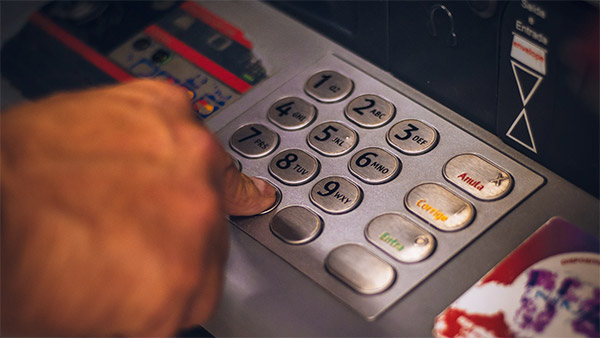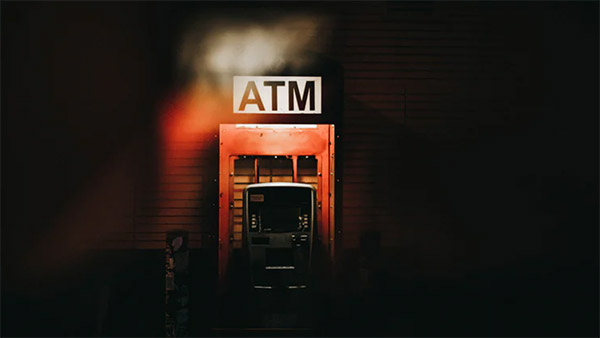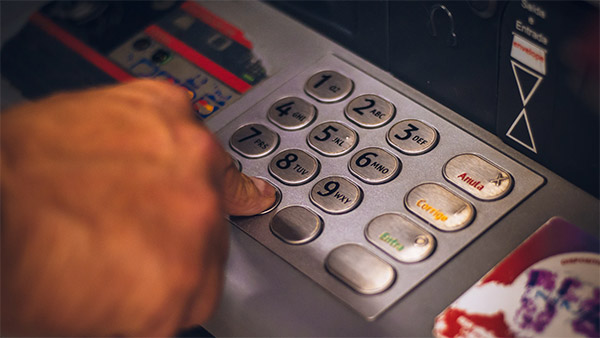Before April 7, when you withdraw money from an ATM of another bank, you’re charged a fixed amount. This was the issuer-based pricing model.
However, that has been changed to ABFC or the Acquirer-Based Fee Charging. This pricing model means it’s the owner of the ATM that now sets the price of the fees.
This change has resulted in reactions on social media about getting charged higher fees from using ATMs. However, I believe it’s important to really understand what has changed and why ABFC is better for consumers.
ATM Fee Pricing Models Explained
Let’s say that you have an account in Bank A.
In the old scheme, Bank A will charge you P15 whenever you withdraw cash from another bank’s ATM. It doesn’t matter if it’s Bank B or Bank C. You will always be charged P15.
In the new scheme, it will now matter which ATM you’ll use because every machine will have different fees. For example, Bank B will charge P10 and then Bank C will charge P18. So, as an account holder in Bank A, you’d rather use the ATM of Bank B because it has lower fees.
Of course, if you withdraw from your own bank, there will be zero fees — so the best option is actually to look for an ATM of Bank A.
ATM Fees under ABFC
Under the ABFC pricing model, you’ll now be charged anywhere between P10 – P18 for withdrawal, and up to P2.50 for balance inquiry. Again, if you’re using the ATM of your own bank, there will be no charges.
Not sure how much you’ll be charged whenever you use an ATM different from your bank? Don’t worry, fees will be displayed on the ATM screen and signages in the area. And you may cancel the transaction if you don’t agree with the fee to be charged.

Why adopt the ABFC model?
According to the BSP, there are three primary benefits for using ABFC pricing:
1. Imposing fees will be simpler and transparent.
Transaction fees shall be displayed on the ATM screen and signages near ATM terminals so that cardholders may be free to choose which ATM offers the lowest charges. Cardholders may cancel the transaction if he/she does not agree with the charge stated in the confirmation notification.
2. ATM owners will be reasonably compensated for costs incurred.
The current imposition of a fixed share in fees collected is considered unreasonable and is believed to be the reason for the decline in the growth of ATMs since 2013. The ABFC aims to incentivize ATM owners (usually banks) to put up more terminals even in rural and remote areas.
3. Competition would benefit consumers in the long run.
Banks competing with one another to attract non-clients to use their ATMs by disclosing fees and providing more reliable service would make the Philippine ATM system expand and be more efficient ultimately, benefit consumers.
Why have ATM fees at all?
Why can’t the Bangko Sentral ng Pilipinas just tell all banks to remove ATM fees?
Opposite to the mentioned benefits above, removing ATM fees would discourage banks from installing ATM terminals in convenient and accessible places because this will only cost them money.
And even if they spend on installing ATM terminals, they might impose limited types of transactions because they don’t want other banks to piggyback on their ATM network.

How to avoid paying ATM fees
According to the 2020 BancNet data, only 55% of ATM transactions are made with one’s own bank. Hopefully, the ABFC scheme would help raise this number because avoiding ATM fees is not hard to do.
First, you can just use the ATMs of your own bank. As always, transactions in terminals of the cardholder’s own bank shall remain FREE of charge.
And secondly, you can go digital and use a debit or prepaid card when shopping. There are also mobile wallets that allow you to pay and transfer money through your phone.
In today’s tech-enabled lifestyle, there are a lot of quick, safe, and convenient options that consumers can use anytime and anywhere.
Security tips for digital banking
Just like how you need to secure your ATM PIN and be careful when using ATM terminals, remember to practice these safety tips for your online and mobile banking to avoid scams and identity thefts:
- Never share your bank account numbers (both debit and credit cards). As well as your PINs and especially your CVV.
- Never share your online bank account details (username, password, and OTP).
- Don’t use PINs or passwords that could easily be connected to you such as your birthday or your pet’s name.
- And remember that your bank will never ask for your account details to verify your transactions.
Banking is an everyday part of our lives, but paying for ATM fees doesn’t have to be. With proper money management, we can avoid having to pay these unnecessary expenses and have more cash for our essential spending.
What to do next: Click here to subscribe to our FREE newsletter.
Share Tweet

